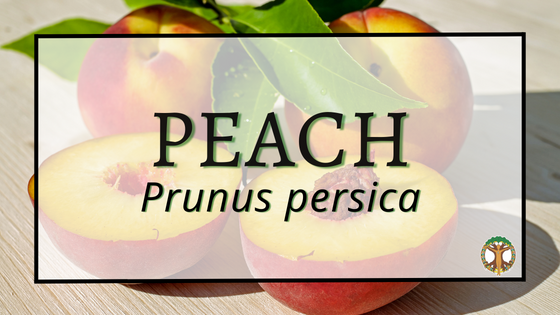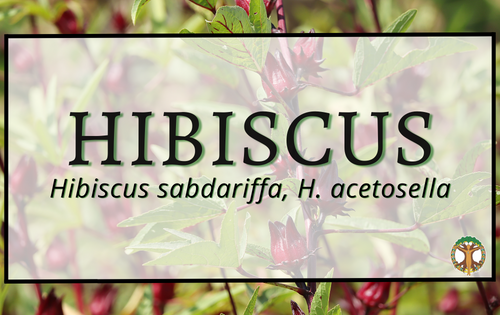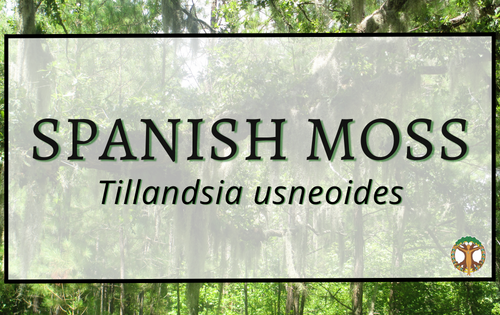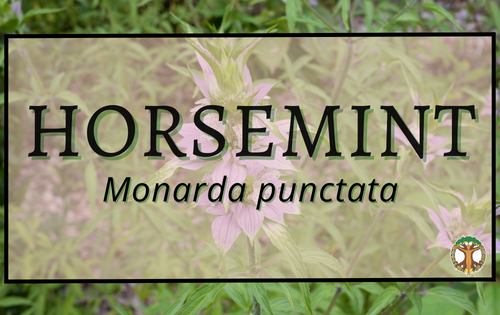
Peach
- Plant of Month profile contributed by Jessica Grandey
Common Names Peach, Peach tree, Persian apple, Momo, Táo Ren.
Latin Name: Prunus persica
Family: Rosaceae
History
Peach is an old European folk remedy that was adopted by the Indigenous people as a food and medicine when European settlers brought it to the New World. Peach trees were first cultivated in China but the Persians created a variety that was prized by the Chinese. Peaches have been mentioned in literature as far back as 49AD and there have been findings in ancient Chinese manuscripts going back to 1100BC.
Chinese people believed the peach tree had greater vitality than any other tree. This is because the blossoms appear before the leaves have sprouted. Peaches are featured in many ancient Chinese writings. Peaches or gifts with peach imagery were prized gifts.
‘Peach Blossom Land’ is the term used to describe a haven of peace. Sweet peaches also have a place in many religious rites and are often found on family alters. There are many illustrations of elders or Buddha holding a peach.
In Chinese (Taoist) mythology, “peento peaches” were a type of peach grown by the heavenly queen mother and were considered fruits of immortality. These peento peaches were said to only ripen every 3,000 years and could only be eaten by immortal beings.
Chinese people are known to eat peach-shaped dumplings on their birthday sometimes because peaches symbolize prosperity and longevity.
The wood of a peach tree has often been made into weapons because of its tendency to ward off evil. In China images of peaches are often used to decorate objects, ranging from decorative vases to drinking cups. Beautiful images have been carved out of peach pits. Peach is a Goddess symbol as the phallus is a God symbol.
In Japanese folklore there is a hero named Momotaro. He was born from a giant peach and was found by an old childless woman who was washing clothes by the river he was floating down in his peach. The woman and her husband were going to eat the peach but discovered the child who explained that he had been given to them by the gods to be their son the couple named him Momotaro because Momo is the word for peach and taro is the word for the eldest son in the family. Some people call him peach boy. At the girl’s festival, Hinamatsuri, peach blossoms and fruit are featured due to their banishing powers.
In Korea, peaches are seen as the fruit of happiness, longevity, riches and honor. They also consider the peach tree to be immortal.
In Vietnamese mythic history, the peach branch is used to send a message of victory and coming peace after a battle. Also, it is by a peach tree that lovers meet and fall in love. In Vietnam, peach blossoms signal spring. The peach bonsai is one of the symbols used during the Vietnamese new year.
Ancient Egyptians offered peaches to the God of Tranquility. Romans associated the peach with Venus. In Germany peaches have been seen as an aphrodisiac with magical properties. Southern Native American nations applied a poultice of ground peach and grape leaves to skin inflamations and boils, changing the bandage several times a day until healed.
A peach with a leaf attached symbolizes the union of the heart and tongue, hence truth.
“You’re a real peach” originated from the tradition of giving a peach to a friend you like.
Energetics
Flavor : Sour, aromatic, bitter, sweet
Temperature : Cooling (fruit, leaves, twigs)
Moisture : Moistening (fruit, leaves, twigs)
Tissue State: Heat, excitation, atrophy
Indications
Dryness, heat, irritability and tension in individuals who are sensitive, emotionally brittle and have a tendency towards inflammation and allergies as well as other hyperimmune conditions. Sensitive skin, UTI, edema, dehydration, burn out, insomnia, earache, gastritis, dyspepsia, diarrhea, vomiting, morning sickness. Heals hurt caused by grief or loss, heals anger that stems from a deep wound.
Systems Upper GI, uterus, immune system, nervous system
Actions
Sedative, soothing and cooling nervine, demulcent, diuretic, mildly astringent, anti-inflammatory, antiemetic, emmenagogue, laxative (seed), drawing
Nutrition
Vitamin A/beta carotene, vitamin C, vitamin E, niacin, folic acid, calcium, fiber, iron, choline, potassium, selenium, magnesium, manganese, phosphorus, zinc, and copper.
Constituents
Amygdalin (a cyanogenic glycoside) acetaldehyde, polyphenols, phytosterols, triterpenes, tannins, hydrocarbons
Benefits
Calms hyperimmune responses like allergic skin reactions such as insect bites and hives. Soothes nausea and calms anxiety and restless moodiness, uterine tonic, digestive tonic, soothes digestive irritation, increases appetite.
Peach bark expels worms, calms the nervous system, alleviates morning sickness, excellent for bladder and urine problems. The flowers make a tasty syrup for children’s ailments.
Cautions
Please make sure to do lots of research when working with the pits internally due to the presence of Prussic/hydrocyanic acid. It is advised to avoid using the pits during pregnancy because of their tendency to help move blood. Traditionally leaf, bark, and fruit are used during pregnancy. For someone with a colder constitution it is recommended to add something like ginger to warm up formulations involving peach.
Culinary use
Peaches are most often eaten fresh, ripe and raw, but can be frozen, dried, canned, roasted, grilled, sauced, brandied and juiced. They can be baked into cobblers, pies, and other baked goods as well. The fruit and the flowers are delicious in salads.
Magick
Element : Water
Zodiac Signs : Aries, Sagittarius
Planet: Venus
Magic : Protection, longevity, luck, vitality, love, wishes, banishing. The wood is used for wands and divining rods. The pit is carved and worn for protection. Peaches are given as gifts to sweet friends. Peach cobbler is traditionally made and given to woo a lover.






